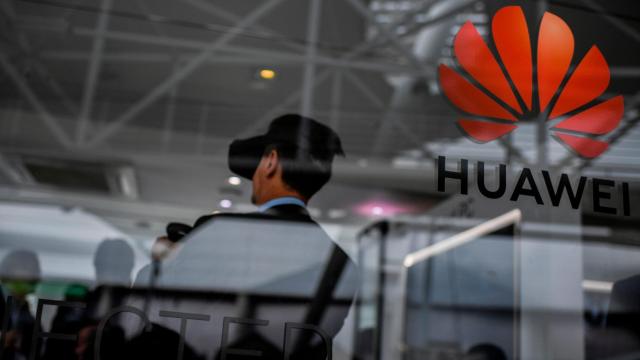Some ISPs across the country are about to receive reimbursements from the Federal Communications Commission to “rip and replace” telecommunications equipment sold by Chinese tech giants Huawei and ZTE over national security concerns.
As Bloomberg points out, a previously announced $US1.9 ($3) billion FCC program will let service providers submit cost estimates to the FCC to replace old equipment between October 29, and January 14, 2021. Once telecoms receive their reimbursement funds, they reportedly have around a year to purge the equipment.
There are some major restrictions though. For starters, the program will only apply to telecoms with less than 10 million customers, and the equipment in question will need to be able to achieve speeds of 200kbps up or down, according to ZDNet. The funds will also only apply to equipment or services produced by Huawei and ZTE on or before June 30, 2020.
Though the reimbursement program is intended as an olive branch of sorts to smaller, usually rural telecoms that rely on typically cheaper Chinese equipment, some owners are worried the FCC’s timeline could leave them unable to replace hardware fast enough, potentially resulting in service losses. John Nettles, the president of Alabama-based Pine Belt Communications, told Bloomberg he expects his four-person crew could take up to a week to replace each of his 67 towers.
“It’s going to be a pretty intense effort, and I probably have one of the smallest networks that needs to be swapped out,” Nettles told Bloomberg.
The physical removals are part of a larger evolving skirmish between the US and China over telecommunications network security. In 2019, under President Trump’s administration, Huawei was placed on the Commerce Department’s banned entity list over allegations its equipment could be used as a tool for foreign espionage and surveillance. That blacklist and other trade restrictions have led to layoffs, revenue declines, and disastrous international smartphone sales for Huawei.
US hostility towards Chinese telecoms companies isn’t showing any signs of letting up either. Just last week, the US House voted 420-4 in favour of legislation that would prevent the FCC from issuing new equipment licenses for companies included in the FCC’s “Covered Equipment or Services List,” according to Reuters. That list reportedly includes Huawei, ZTE, Hytera Communications, Hikvision, and Dahua Technology.
Around the same time, the FCC also announced it was revoking licenses from China’s largest telecoms operator, China Telecom Corp, citing national security concerns, per The Wall Street Journal
Zhao Lijian, a spokesperson at China’s foreign ministry, has criticised the FCC’s previous designations, claiming in a statement to Reuters, “The United States, without any evidence, still abuses national security and state power to suppress Chinese companies.”
All this geopolitical blustering over Chinese telecommunication equipment could have the unintended consequence of complicating connectivity for rural US adults, who are some of the most heavily affected by the digital divide. Though rural US adults have seen significant increases in digital technology adoption in recent years, they are still less likely than suburban adults to have home broadband, and less likely than urban adults to have a smartphone, tablet, or traditional computer, according to Pew Research.
